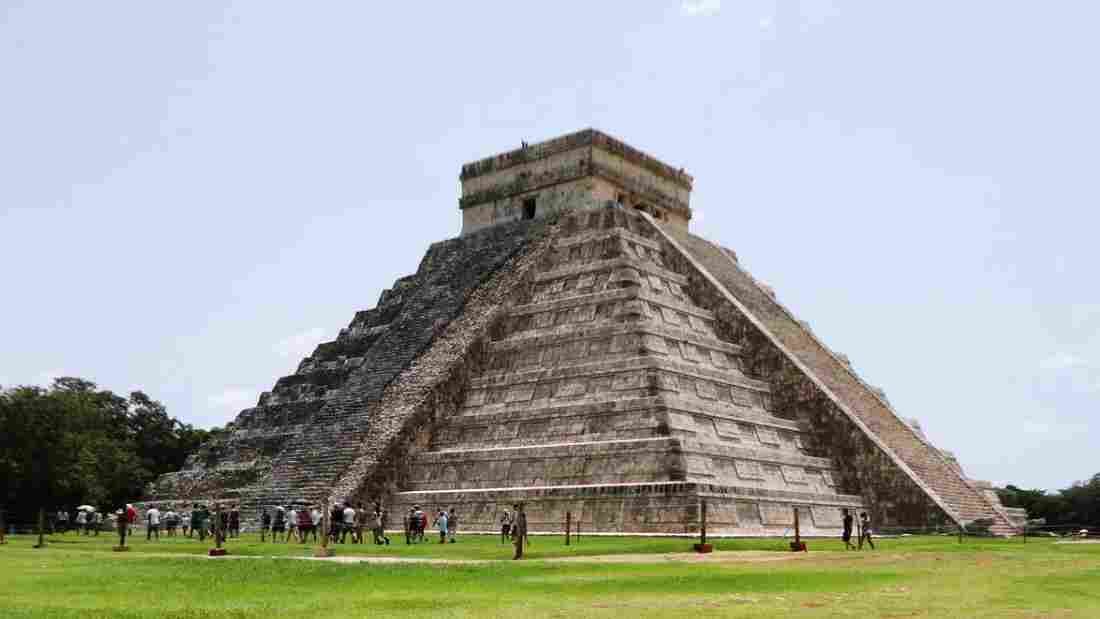A remarkable archaeological discovery has recently been made, shedding new light on the enigmatic Maya civilization. The remnants of an ancient city, believed to be a part of the Maya civilization, have been discovered deep within the jungles of Latin America.
The Ancient Maya
The ancient Mayan civilization, known for its remarkable advancements in various fields, continues to captivate historians, archaeologists, and enthusiasts. This civilization’s rich history and cultural legacy offer a fascinating glimpse into an era marked by profound intellectual and artistic accomplishments.
Historical Background
The Maya originated in Mesoamerica, covering regions that are now part of Mexico, Guatemala, Belize, and Honduras. Flourishing from 2000 BC to 250 AD, this civilization was one of the most sophisticated and advanced societies of its time.
Maya society was highly organized, with a complex political system composed of city-states. Each city-state had its own ruling class and was governed by a king. The Maya economy was largely based on agriculture, particularly maize cultivation, but also included trade in goods like obsidian, jade, chocolate, and quetzal feathers.
The Legacy of the Maya
One of the defining features of the Maya was their architectural prowess. They constructed magnificent cities filled with grand palaces, pyramids, ball courts, and plazas, many of which still stand today. Their architectural designs often reflected their cosmological beliefs, as seen in the alignment of their buildings with celestial bodies.

The Maya were also renowned for their writing system, which is considered the most sophisticated and highly developed in the pre-Columbian Americas. This hieroglyphic script was used to record historical events, astronomical observations, and religious rituals.
In addition to their writing system, the Maya made significant strides in mathematics and astronomy. They developed a vigesimal (base-20) number system, which included the concept of zero, an achievement not shared by all ancient civilizations. Furthermore, their detailed astronomical observations led to the creation of accurate calendars, including the renowned Long Count calendar.
Maya Cultural Artifacts
Maya cultural artifacts, including pottery, textiles, jewelry, and tools, provide valuable insights into their daily life and beliefs. Intricately designed ceramic vessels often depicted scenes from mythology or everyday life, while jade jewelry signified social status.
Textiles showcased the Maya’s advanced weaving techniques, and their stone tools highlight their technological skills.

Recent Archaeological Discoveries
Recent archaeological research has unearthed new information about the Maya, particularly their social structure and daily life. Excavations have revealed a more nuanced picture of Maya society, suggesting it was not strictly hierarchical but had room for social mobility. Additionally, studies of residential areas, food remnants, and artifacts have provided a more detailed understanding of the Maya’s dietary habits, domestic life, and craft production.
Hidden City Revealed
Tucked away in the dense foliage of the jungle, archaeologists have unearthed what appears to be an ancient city. This site is thought to be one of the many that were home to the Maya civilization, which thrived from 2000 BC to 250 AD.
The intricate structures found at the site, including plazas and pyramids, suggest a sophisticated and advanced society. These architectural marvels provide a glimpse into the lives of the Maya people, who were known for their advancements in agriculture, pottery, hieroglyphic writing, calendar-making, and mathematics.
Unravelling History
The discovery of this hidden city offers a unique opportunity to uncover the mysteries surrounding the Maya civilization. Despite numerous studies and excavations, there remain many unanswered questions about the Maya’s way of life, their cultural practices, and their eventual decline. This newfound city could potentially offer clues to fill in those historical gaps.
Moreover, the location of the city, deep within the jungle, suggests that the Maya civilization was more widespread than previously thought. It also raises questions about how they managed to sustain such large settlements in these challenging environments.
An Ongoing Quest
This discovery is just the beginning of an exciting journey. The excavation and study of the ancient city will likely take years, if not decades. Each artifact and structure found will need to be carefully documented, studied, and preserved. However, each piece of the puzzle brings us one step closer to understanding the rich history of the Maya.

